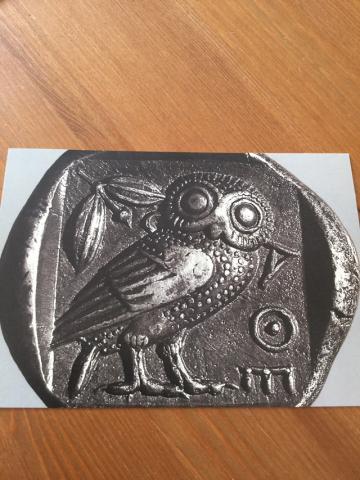Forum Replies Created
-
AuthorPosts
-
 David SwanParticipant
David SwanParticipantI guessed the solar system body correctly, but didn’t know about the site. I won’t give it away…..
 David SwanParticipant
David SwanParticipantFriends have reported the Celestron NexYZ is excellent – stable but adequately adjustable. But this is second hand; no experience myself.
 David SwanParticipant
David SwanParticipantGood image. I suspected there would be significant constraints but didn’t know the detail – the idea was probably put forward by that comet Hergenrother journalist!
 David SwanParticipant
David SwanParticipantYes. I think I read somewhere that if the comet interceptor mission had already been deployed, this would have been one helluva target.
 David SwanParticipant
David SwanParticipantThe comet moved away from a mag 13.4 star and I managed to get a set of frames before the sky started brightening noticeably. The sky was excellent though and I saw Sirius rising! Taken through a Baader V filter.
 David SwanParticipant
David SwanParticipantI certainly agree with you on the effect of the internet. On a brighter note – I was pleasantly surprised last night by being able to pick up tails on 260P and C/2018 N2. I imagine light-buckets are required though for visual observers.
 David SwanParticipant
David SwanParticipantDon’t be too hard on yourself, Dominic. I did in fact do a bit of web searching to see where the Mirror journalist may have got this information. And I had a look at in the sky.org . Your site had nothing about 21:15 being the best time to spot the comet, nor did your site say it was super bright (it wasn’t even in the top three brightest comets) / even in the naked eye range.
 David SwanParticipant
David SwanParticipantGood god, Robin. I shouldn’t have gone down that rabbit hole of a URL.
 David SwanParticipant
David SwanParticipantWe should do a correction. Simply everything is wrong. The picture doesn’t look like an artist’s impression to me, it looks like an image of another comet; the comet is very very dim (one 2019 obs on COBS ~ mag 17, and perhaps unreliable); the time of best visibility is not 21:15 BST (02:45 BST, 36deg alt due east in astro darkness for me). Where is this information from??????
 David SwanParticipant
David SwanParticipantHmm.
 David SwanParticipant
David SwanParticipantThanks for posting this, Paul. Very impressive indeed.
 David SwanParticipant
David SwanParticipantYes. I usually use Polaris as my first alignment star as it – very obligingly – drifts only very slowly without sidereal tracking engaged. Plus, as Polaris is a double star, one can straightaway suss out the optical performance of the telescope and atmospheric conditions too before completing alignment and engaging tracking.
 David SwanParticipant
David SwanParticipantWhat a wonderful image. David
 David SwanParticipant
David SwanParticipantOdd and interesting. Thanks for pointing this out.
 David SwanParticipant
David SwanParticipantCheers Nick
 David SwanParticipant
David SwanParticipantGood point, Grant.
18 March 2019 at 11:45 am in reply to: Planisphere for demonstrating precession of the equinoxes #580867 David SwanParticipant
David SwanParticipantCheers Paul. It does sound like a fun project that could be written up for a short report in the Journal. Perhaps when I have some spare time, I’ll follow your advice and look into this a bit more.
18 March 2019 at 10:39 am in reply to: Planisphere for demonstrating precession of the equinoxes #580865 David SwanParticipant
David SwanParticipantMaybe the BAA should establish a (very) long-term project where its members follow the movement of the celestial pole.
 David SwanParticipant
David SwanParticipantHere’s another image. As Nick’s image shows, and indeed Robin’s spectrum indicates, the object is very blue. I’ve uploaded a higher quality image to my member’s page.
 David SwanParticipant
David SwanParticipantLOL. Would you ask your weather owl if it can arrange for the fog here to be ‘burned off’, so that I might, this evening, have a look at the dwarf nova in Monoceros that Robin has highlighted. Or does the owl just predict the weather? It faintly reminds me of a favourite character from childhood – the mechanical owl in the 1981 Clash of the Titans, constructed by Hephaestus so that Athena does not have to be parted from her beloved pet.

-
AuthorPosts
